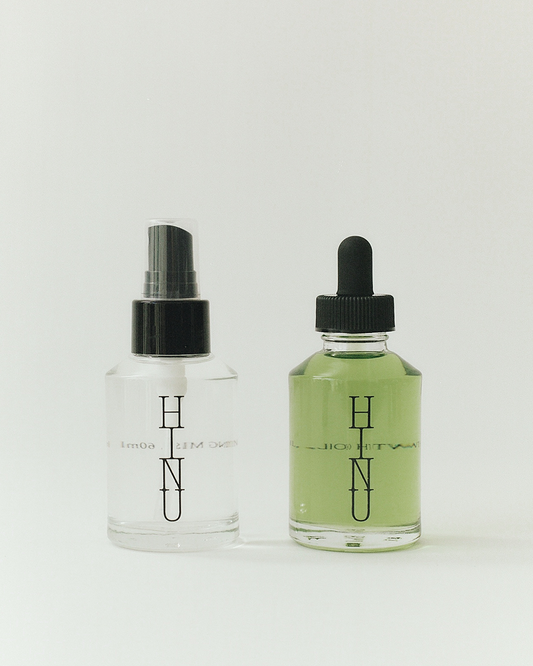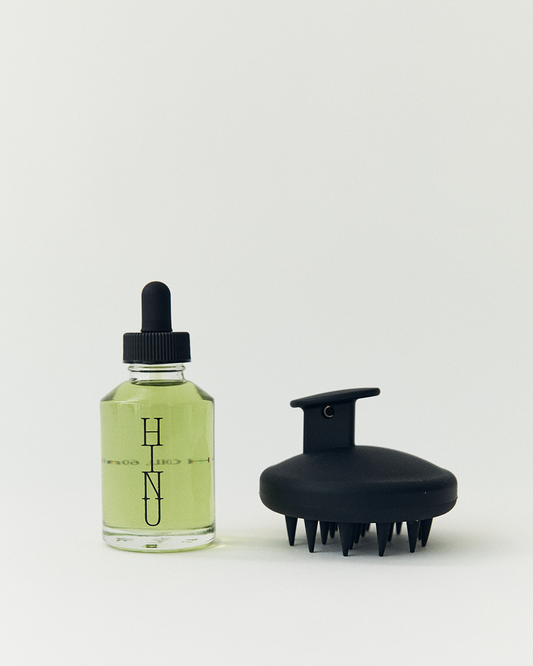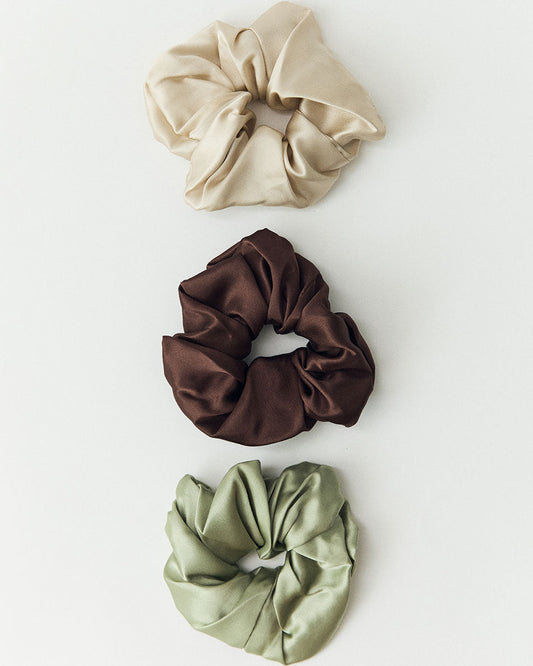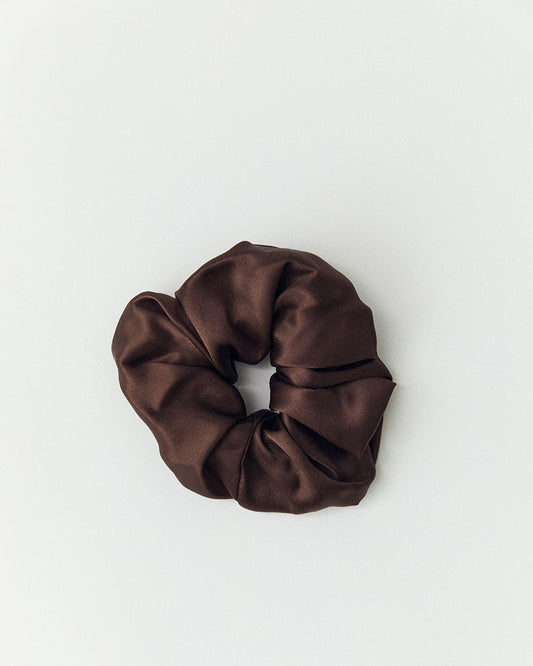
The body remembers. The senses hold stories. Each month, we gather the moments that touched us most—through sight, sound, taste, scent, and touch. A quiet reflection, an honoring of the things that made us feel.
Taste
Japanese Tea Ceremony

Our founder, Allie, took part in a traditional Japanese tea ceremony inside an old samurai residence in Kyoto. The space was simple and still, with worn timber floors and paper screens that filtered the afternoon light. Every movement was intentional — from the preparation of the matcha to the way the tea was offered and received. It was a quiet practice in presence. A reminder that there is meaning in slowing down, in paying attention, and in treating the everyday as sacred.
Sight
Shinrin-yoku
Shinrin-yoku, or "forest bathing," is a Japanese practice that invites us to immerse ourselves in the atmosphere of the forest, an intentional way to reconnect with nature and support our well-being.
This month, we encouraged the team to embrace that connection by spending more mindful moments in nature. Whether it was walking through the woods, journaling beside a river, or simply enjoying lunch under the open sky, each small act helped nurture that bond.
Let’s remember, we are always in dialogue with nature. With every breath, we inhale the oxygen trees give us and exhale the carbon dioxide they need. It’s a beautiful, ongoing exchange, a reminder that we are never separate from the natural world.
Sound
Somatics Vocal Workshop

This month we experienced one of Aarti Jadu’s immersive somatic vocal workshops, where traditional and contemporary vocal practices from both Eastern and Western cultures come together. Through guided exploration, participants will discover how the voice can be used as a powerful tool for regulation, connection, and accessing meditative and healing states.
Learn more
Touch
Feel of the Japanese wood comb
















